Copper and silver – wealth from precious metal in Tyrol and Slovakia
The European mining corporation of the Augsburg Fuggers
It is the story of a legendary corporation in the early modern era and of the meteoric speed with which this Augsburg family business grew. In 1410 the Fuggers became involved in trading and refining precious and nonferrous metals. Their entry into the mining industry followed in 1490. In Gastein and Rauris the Fuggers mined gold and silver. They also owned mines there as well as in Klausen in Tyrol.
Tip
2019 is the 500th anniversary of the death of the Emperor Maximilian I. During his lifetime the Habsburg dynasty rose to power primarily through the financial support of the Fuggers. This year Augsburg is presenting a special memorial exhibition: Maximilian I. (1459-1519) Emperor - Knight - Citizen of Augsburg.
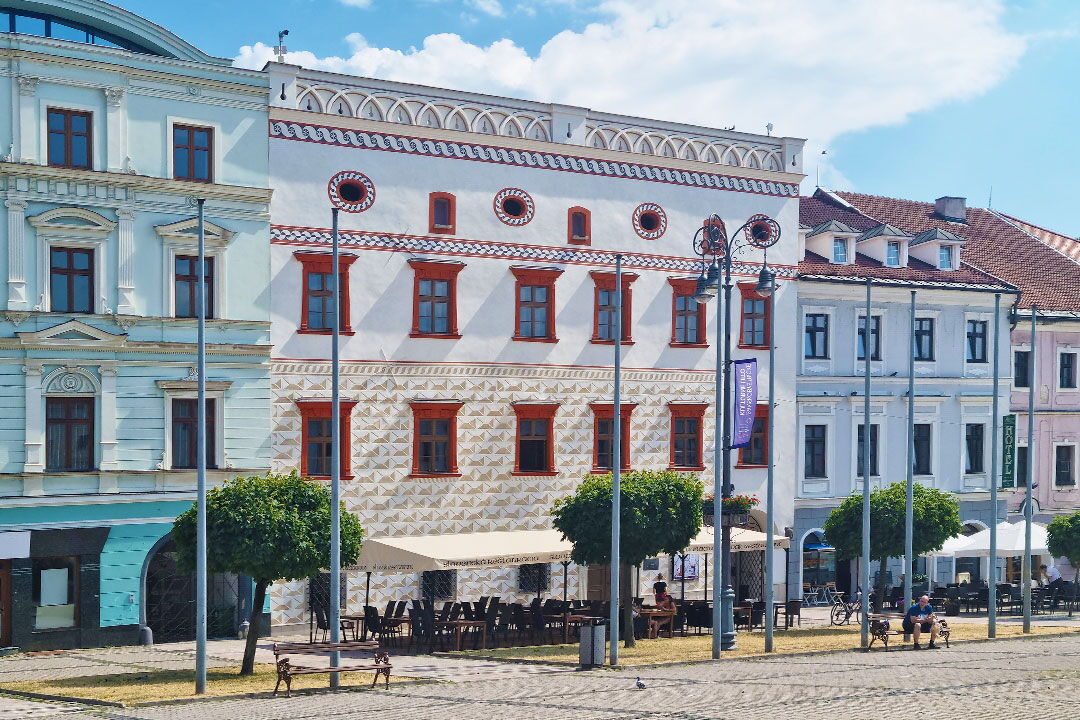
Multiple factors allowed the Fugger’s company to quickly become the largest mining corporation in Europe. The supply chain spanned from the mines and smelting mills to the sale of half finished and finished products and even provisions for the miners. The Fuggers gained access through loans to indebted sovereigns who owned the mines. The time between 1480 and 1560 was the “century of the metallurgical process.” Silver and copper could now be separated economically. Demand for the necessary lead and mercury for the separation process grew rapidly. The demand for silver and gold in oversees trading and for coin metal increased. Copper was manufactured in mass quantities - also for the weapons and ships of the Portuguese.
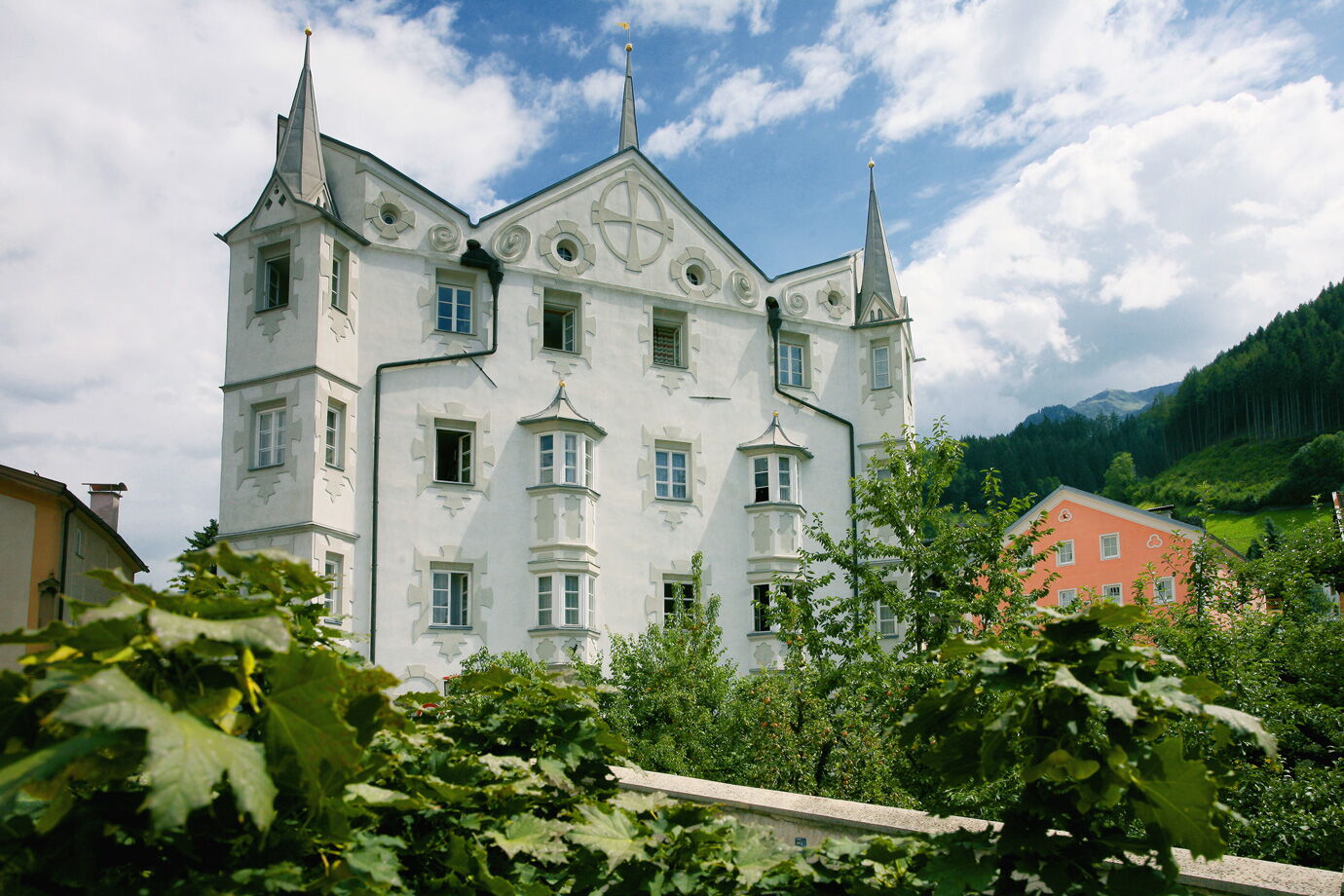
Mining Centers of the Fugger in Tyrol and in Slovakia
Beginning in 1496, the Fugger corporation began mining copper ore around Neusohl in upper Hungary (present day Slovakia). The ore was refined in the smelting works at the monestary Mogila near Krakow and on the grounds of two other monestaries in the Fuggerau near Villach and in Hohenkirchen, Thuringia. A second mining center developed out of mines and smelting plants near Schwaz and Kitzbühel in Tyrol. The Fuggers kept mining technology and production numbers strictly secret. Land, river and sea transport was an enormous logistical feat. The lead for smelting was mined in Sterzing for the plants in Tirol, and for the plant in Fuggerau it was won from the nearby Bleiberg. Lead for smelting in Mogila and Hohenkirchen came from Poland and from England.

The Fugger’s copper was delivered to Venice, Nuremberg and went through Lisbon for trade with India and Africa. The silver was primarily used by the nobility for minting coins. In large part, it was the Fugger’s mining industry which increased their capital 14 fold from 200,000 Florins to 2,800,000 Florins between 1551 and 1527. When the mines in the Alps and in the Carpathians no longer produced ore, the era of the Fuggers came to an end. The Fugger’s third mining center was established in Spain in 1525. Charles V repaid his debt from the 1519 election by leasing mines in Almadén, which had the largest mercury and cinnabar deposits in Europe. Pure mercury that was mined in Castile and won through cinnabar roasting, was shipped to the New World for smelting. This metal was also used for making mirrors and for treating syphillis. Products from the Fugger mining corporation were traded all over the world. Copper, bronze, brass and mercury were sent to Africa and India in Portuguese ships. Spanish mercury was sent as a trading commodity to the New World.
Historic Sites, Current Exhibitions and Tips
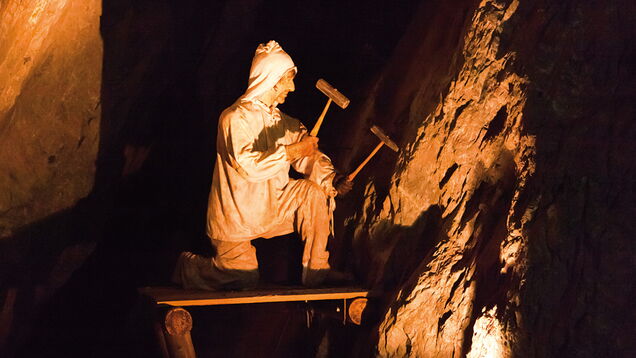
The Silver Mines in Schwaz, Austria “Mother of all Mines”
When the Fugger family took over the mines and smelting mills in Schwaz in 1522, they became the second largest of their corporation after Neusohl. Schwaz is influenced by the mining industry in the time of Fugger even into the present day. The silver mines in Schwaz are among the Most popular tourist attractions in TIrol.
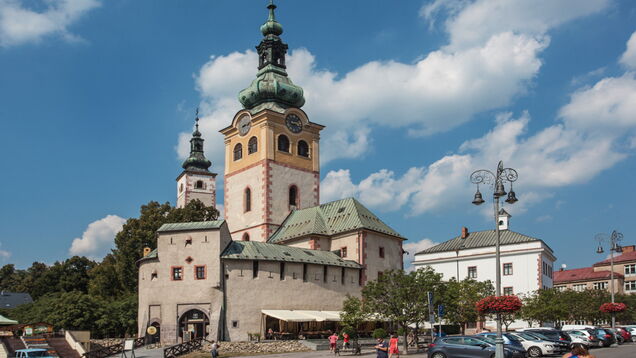
Banská Bystrica: Experience Mining and Fuggers
Neusohl in upper Hungary (Banská Bystrica in modern Slovakia) was the first large mining center for the Fuggers, beginning in 1496. A multi-day itinerary invites visitors to the city, the mines in Herrengrund, to a copper hammer mill and to a monument of the Empress Elisabeth.

Endowment from 1521: the Augsburg Fuggerei
In 1521 Jakob Fugger, “the Rich” founded the Fuggerei, the oldest existing social settlement in the world. Around 150 catholic Augsburg citizens live in the 67 houses on 8 side streets for a yearly rent of just 0.88 Euro cents. The residents also agree to say three prayers daily for the founder and his family.
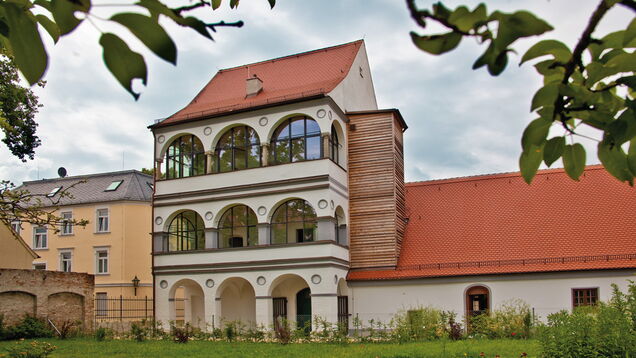
Augsburg: The Fugger and Welser Museum
The museum tells the story of the Fuggers and the Welsers and European economic history. It is also about silver, copper, lead, gold and mercury, about miners, child and women mineworkers, and about the importance of copper for slave trade.
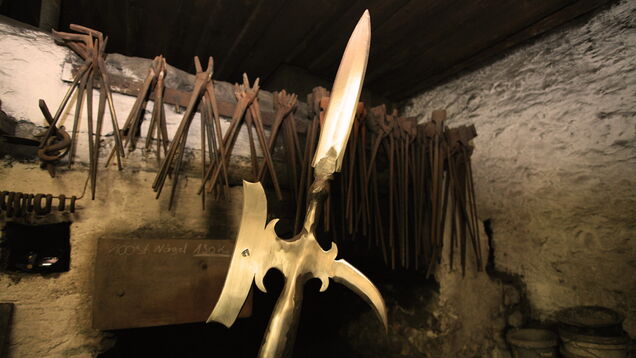
Bad Hindelang: Three Blacksmiths on the Ostrach River
Three water powered hammer mills on the Ostrach originate from the time around 1500. Blacksmiths used powerful hammers to produce weapons. Today wrought iron cookware is sold there.
